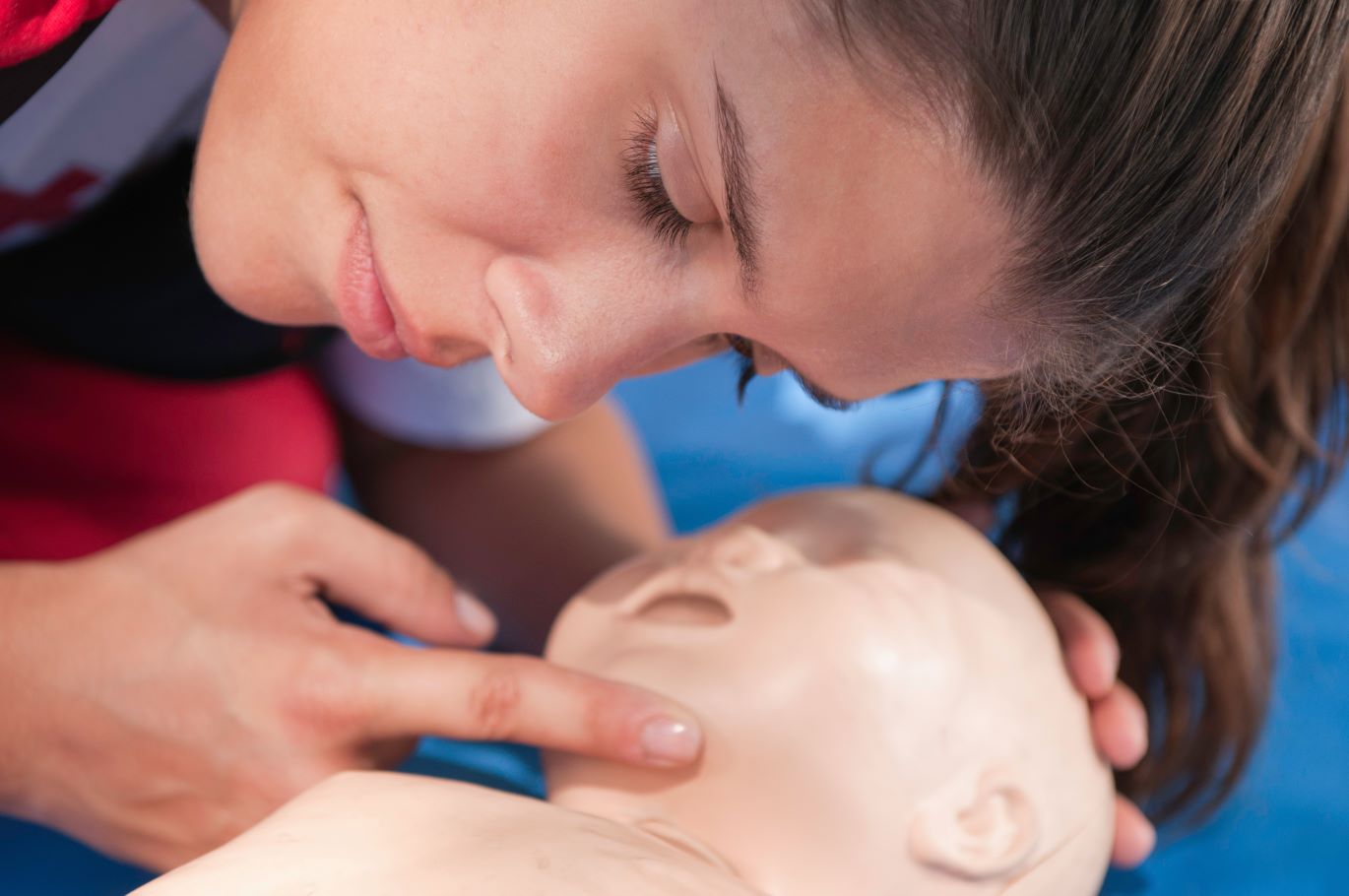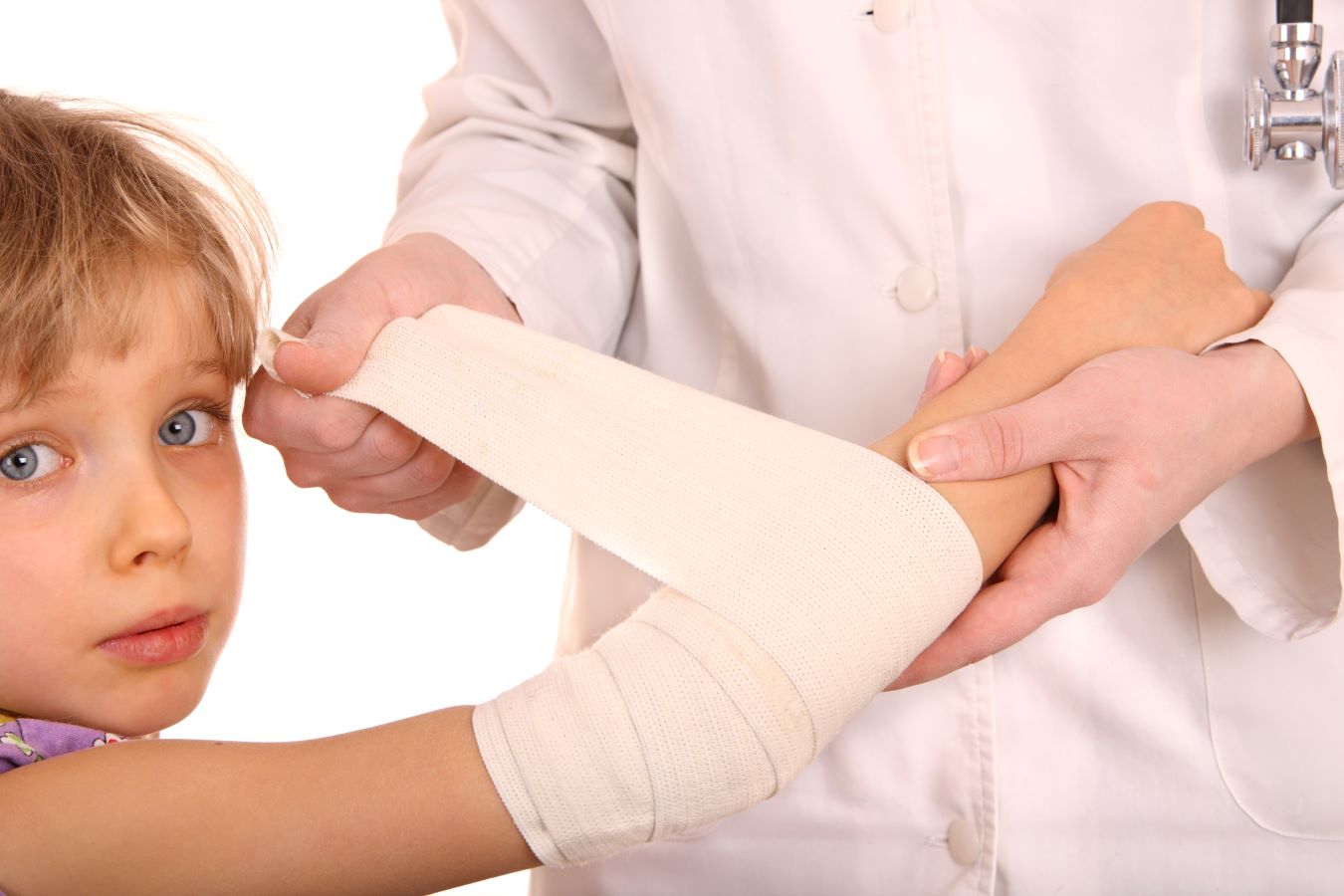CPR/AED First Aid Care for Infants & Children Training
Creating Confidence to Care


CPR/AED/First Aid Care for Infants and Children
Creating Confidence to Care
The Emergency First Response Care for Infants & Children course is an innovative CPR, AED and First Aid training course that teaches participants how to provide emergency care for injured or ill children (ages one to eight) and infants less than one year old. Participants learn about the types of medical emergencies that children face, and how they differ from adults. The curriculum also includes the importance of attending to basic emergency situations with children, the emotional aspects of caring for children, secondary care for children, and preventing common injuries and illnesses in children.
The Emergency First Response Care for Infants & Children course trains the lay rescuer to follow the same priorities of care used by medical professionals. The student masters the priorities and the procedures of patient care for infants and children in a non-stressful learning environment, which reduces the performance anxieties that interfere with learning and enhances confidence when rendering aid in a real medical emergency.
The course includes both primary care (CPR) and secondary care (first aid) skills. The primary care portion of the course prepares the rescuer to help an infant or child with a life-threatening emergency such as choking or cardiac arrest. Secondary care focuses on developing first aid skills and building the rescuer’s confidence to help an infant or child in need when emergency medical services are either delayed or unavailable. The Care for Children course content is based on guidelines from the Pediatric Working Group of ILCOR.
Care for Infants & Children Primary Care Course Content:
- Scene Assessment, Barrier Use, Primary Assessment, Cardiopulmonary Resuscitation (CPR, child and infant), Serious Bleeding Management, Shock Management, Spinal Injury Management, Conscious and Unconscious Choking Management (child and infant)
- Recommended Skill
– Automated External Defibrillator (AED) Use (child)
Care for Children Secondary Care Course Content:
Injury Assessment
Bandaging
Illness Assessment.
Why do people FREEZE in an emergency situation?
Find out why, scroll below.
Adequate Care Provided is Better than Perfect Care Withheld
Adequate Care Provided is Better than Perfect Care Withheld
When a medical emergency occurs, trained bystanders sometimes hesitate to act. Why? Because they’re in denial, or they’re afraid of doing something wrong. In today’s post, we’ll examine some of the reasons people don’t take action, and why imperfect care is better than no help at all.
In an emergency situation, hesitation is normal. The brain goes through three phases before deciding how to respond. These phases include:
Phase #1 Denial – This can’t be happening.
During this phase, you may be waiting for a loved one to stand up and say they’re okay, or for someone else to rush in and provide aid.
Phase #2 Deliberation – What should I do?
After accepting the situation, you consider the options: wait for someone else to step in, or take action.
Phase #3 Decision – Act on your plan
During Emergency First Response® (EFR) training, we teach people what steps to take in an emergency and acronyms to help them remember what to do next. In most situations, the first step is to contact professional emergency services, and the next step is to provide the best care you can.
Imperfect Care is Better than No Help At All
Doing something is always better than doing nothing. In a medical emergency, it is unlikely your actions will make the situation worse. Consider a scenario where someone you care about has a serious wound:
– An average adult can bleed to death in only five minutes.
– It can take 7–14 minutes for an ambulance to arrive (depending on the country and location urban vs. rural).
– Providing proper treatment within three minutes can significantly increase a patient’s odds of survival.
